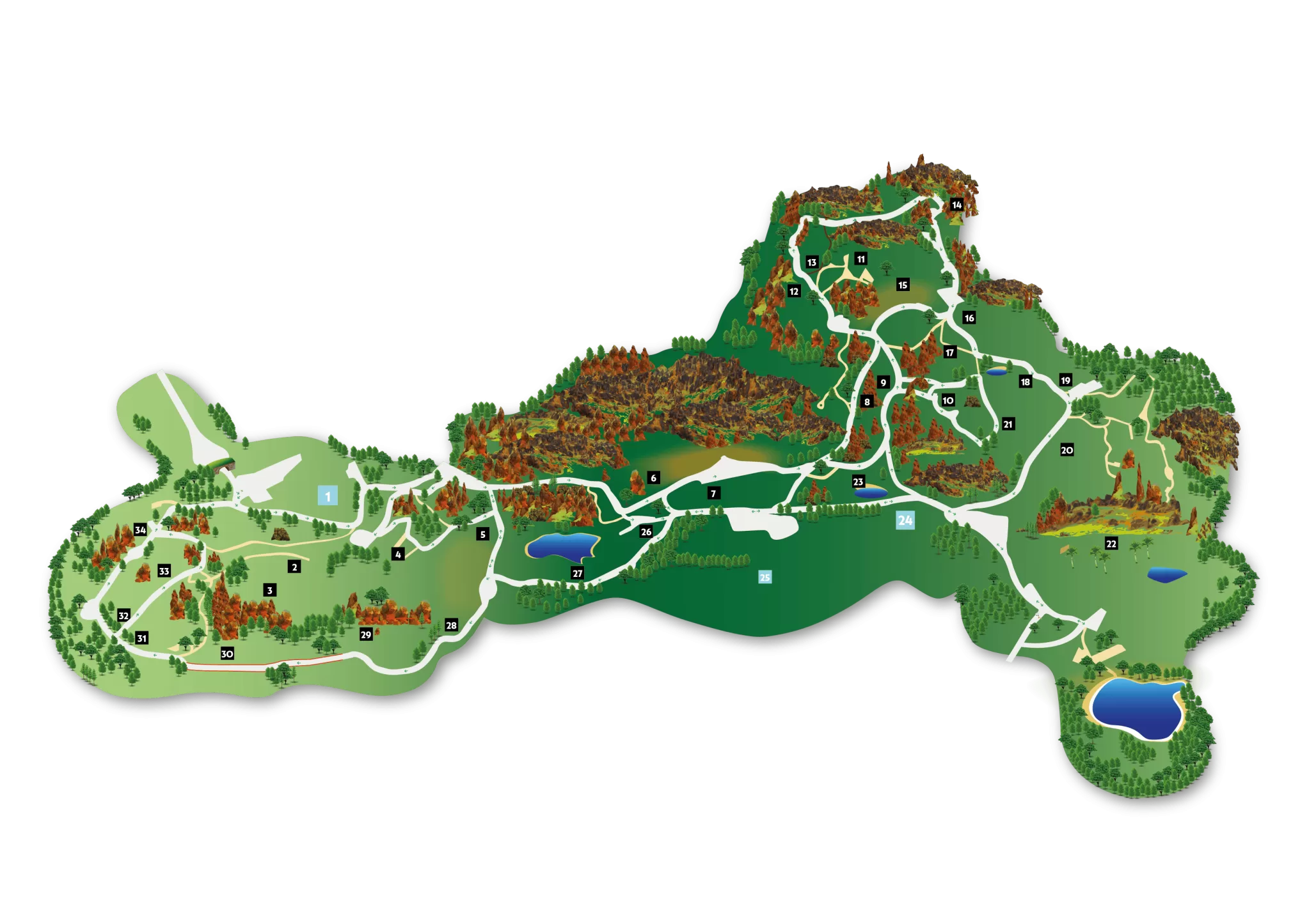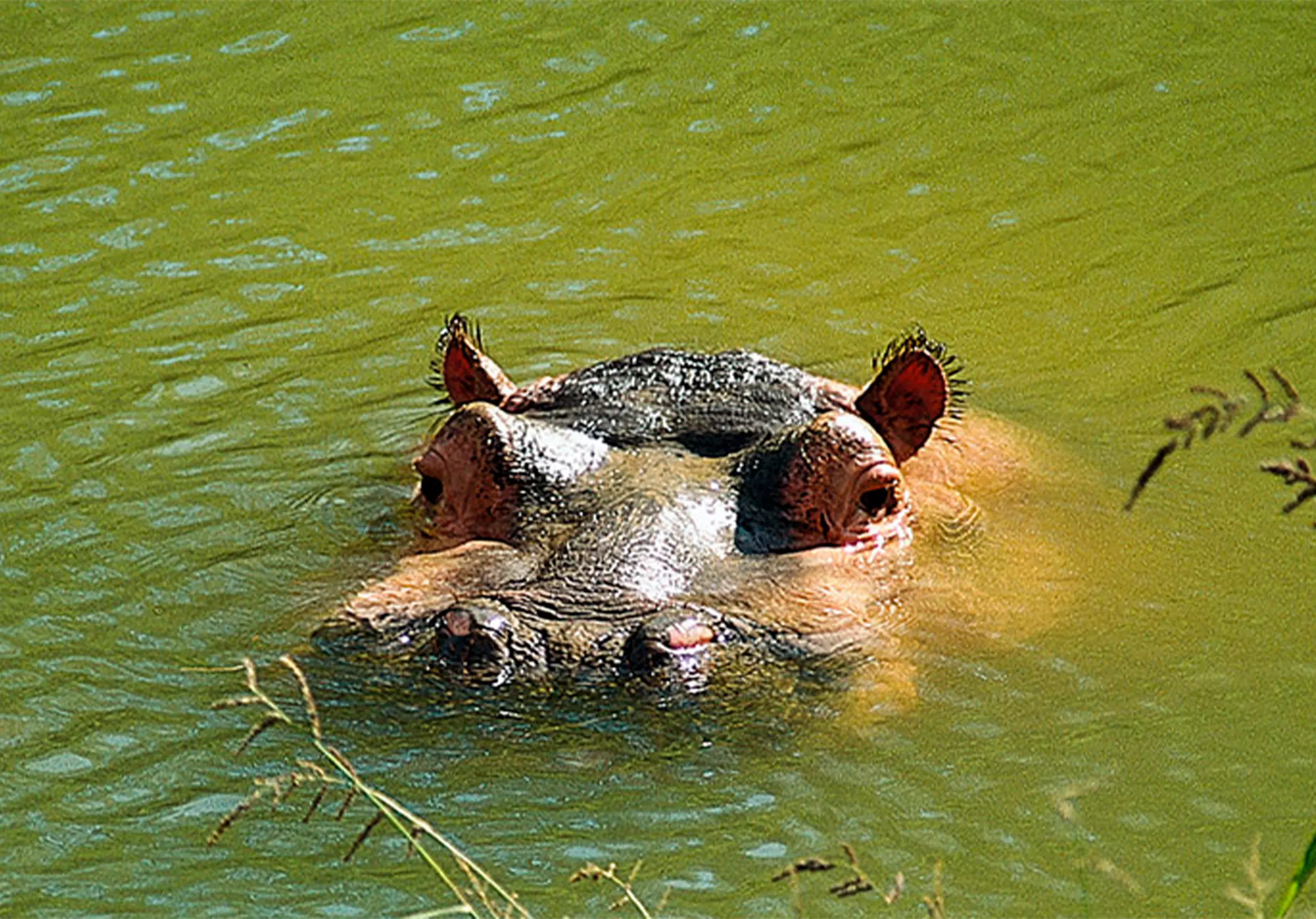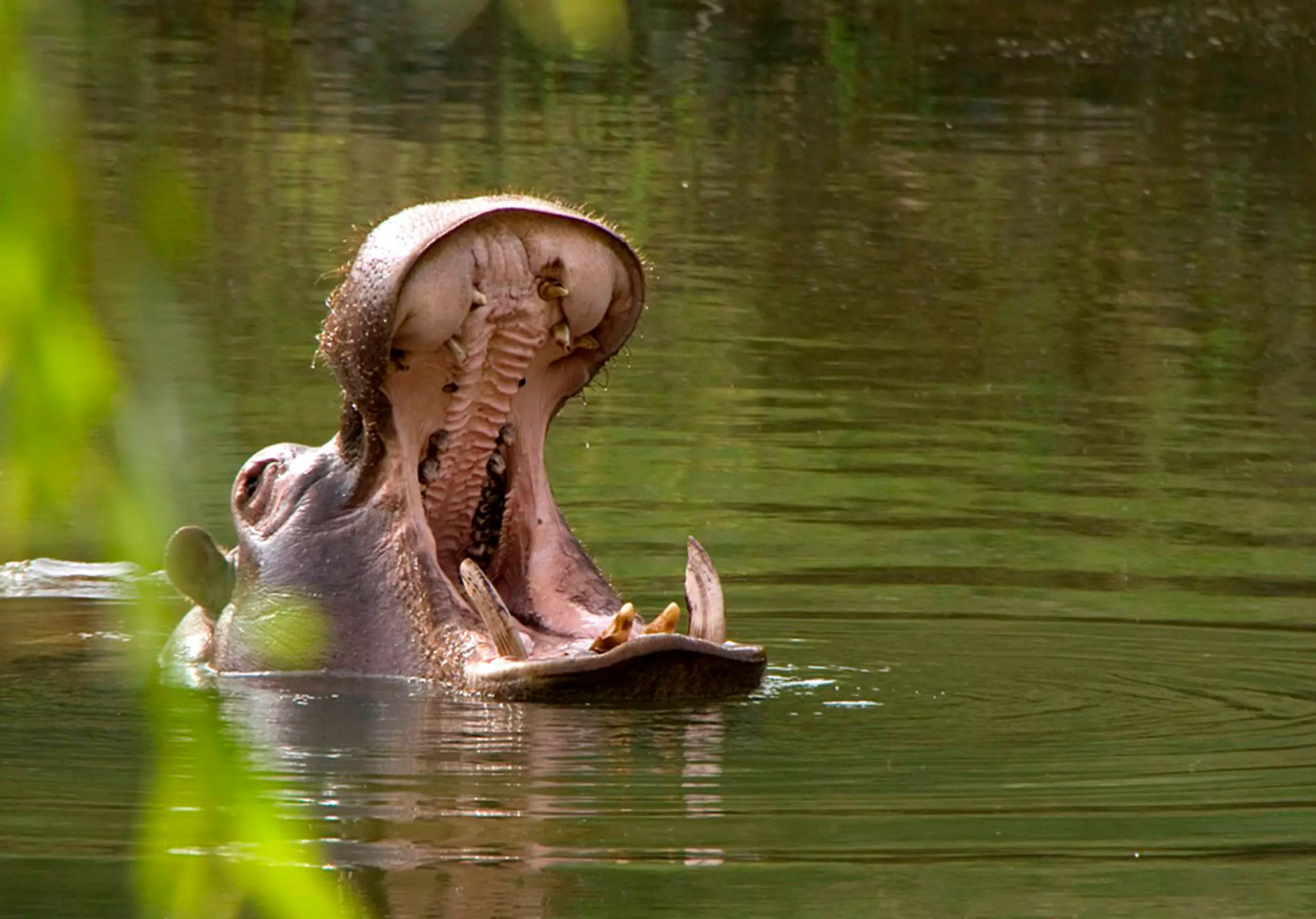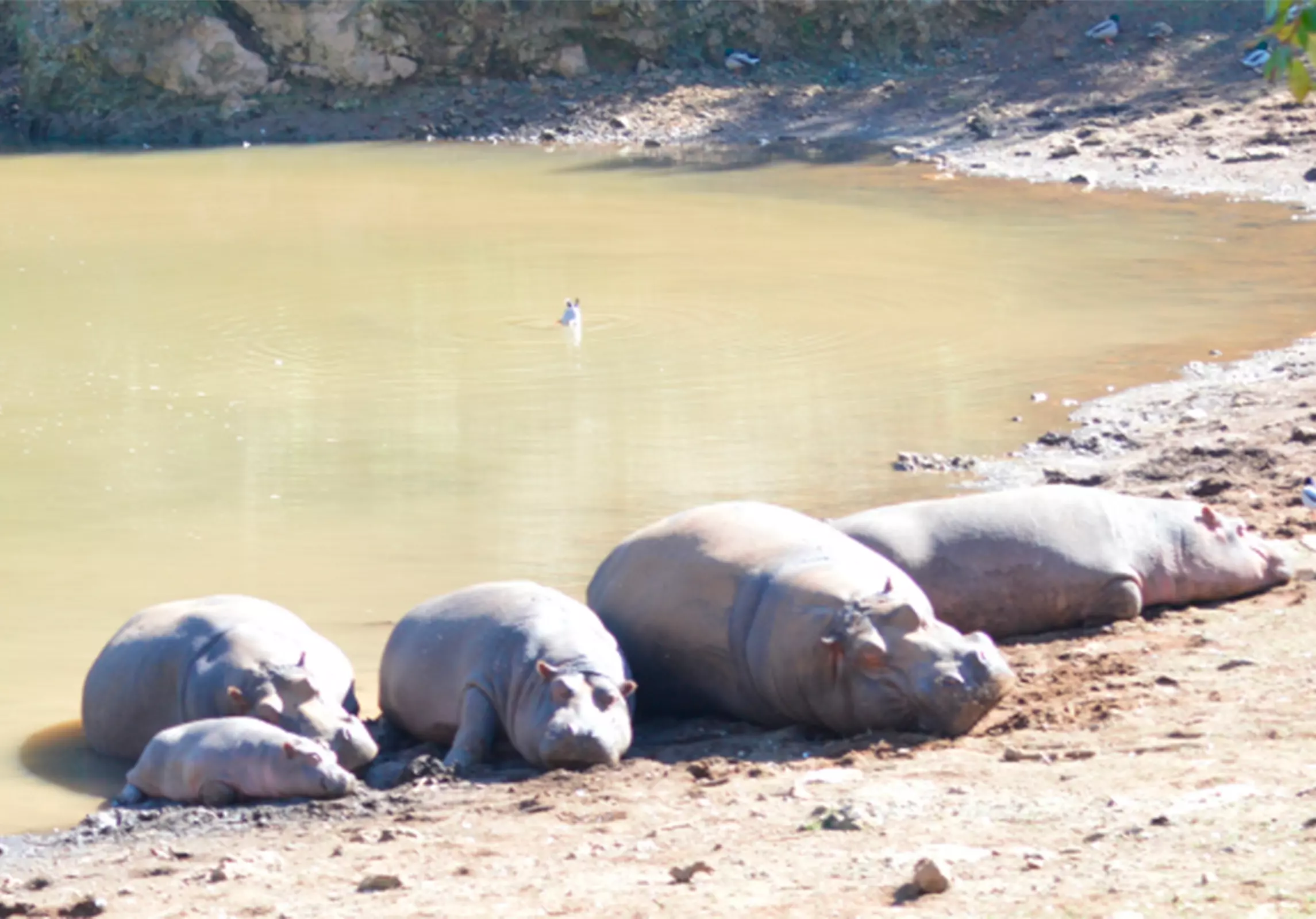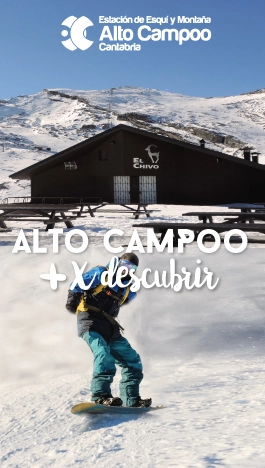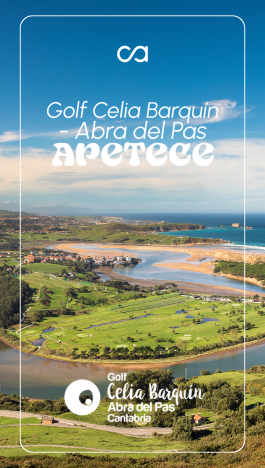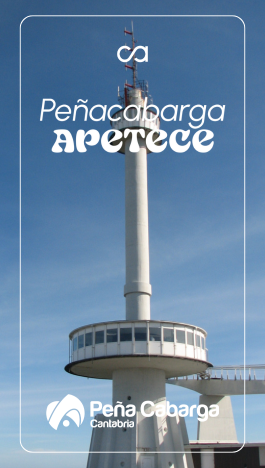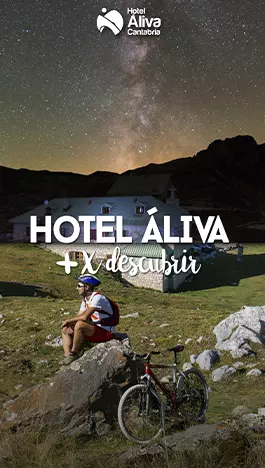
Etymologically, the name of hippopotamuses comes from Greek, and means ‘river horse’.
This animal is native to the African continent and usually lives in groups of up to 30 members formed by several females with their young, led by a dominant male who marks and defends his territory by defecation: the male turns his back to the river and defecates within a 2-meter radius.
It is a herbivorous animal that can eat around 90 kilograms of grass daily, normally at night. Despite their size, hippos can run at a speed of up to 30 km/h over short distances.
On occasion, a reddish tone can be observed on their skin which is often confused with blood or sweat, in reality it is a secretion of colorless liquid, which pigments when exposed to the sun, offering it sun protection and preventing dehydration.
They are considered semi-aquatic animals due to the high percentage of time they spend in the water, as in their natural habitat it is their way of cooling down from the African heat and conserving energy. Due to the buoyancy of their body, they are capable of running on the riverbed.
The heads of hippos are adapted for aquatic life: their ears and eyes are located on the top of their heads, which allows them to hear and see above the water while keeping the rest of their body submerged. Their nostrils close when submerged to prevent water from entering, and they can hold their breath for up to 5 minutes.
Hippopotamuses copulate and give birth inside the water, with the calves immediately rising to the surface to take their first breath. With a birth weight of around 50 kilos, lactation also takes place inside the water, and once weaned, the calves remain with their mothers until they are fully grown, around 2 years of age.
Hippopotamuses are very irritable and aggressive animals and, although it doesn’t seem so at first glance, they are considered the most aggressive animal in the world, due to their territoriality. It is a threatened animal, as they are hunted by poachers for the value of their meat and the ivory of their teeth.
The hippos at Cabárceno are located in an enclosure of 4.5 ha that perfectly adapts to their needs, as at its center is Lake Sexta, with an area of about 2 ha and a depth of over 20 meters. It is one of the largest lakes on the planet dedicated to this species in conservation centers.
Around the lake, the hippos have humid land with grass where they rest, alternating its use with the long periods they spend in the water, where they are more comfortable during the daytime hours.

